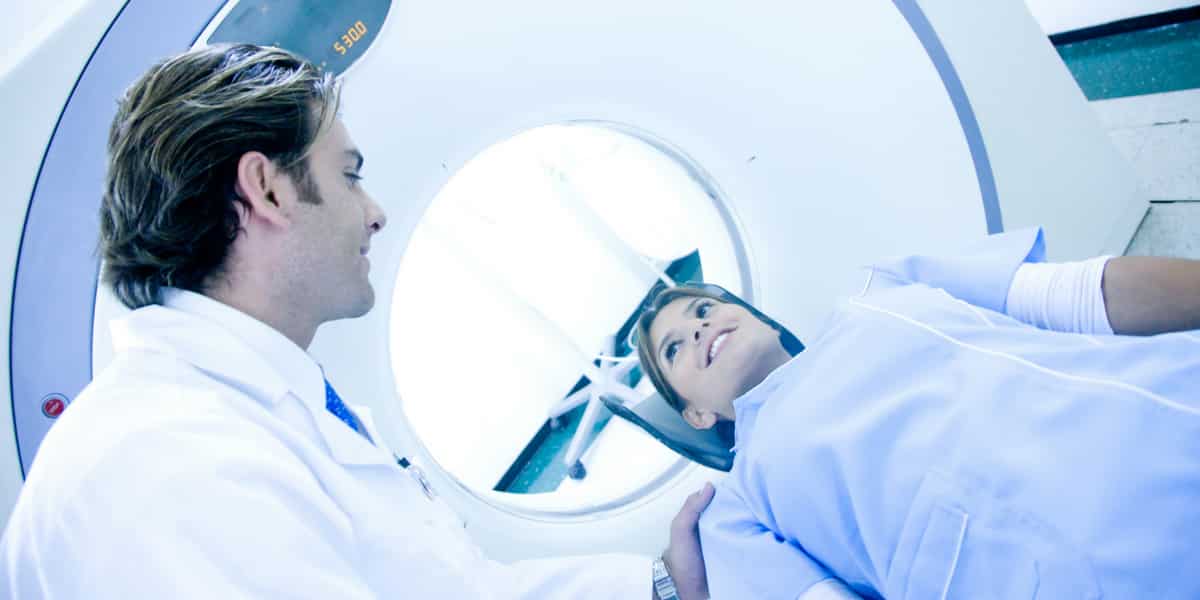Scoliosis Unveiled: Grasping the Basics
Delving into the Spinal Anomaly: What Exactly is Scoliosis?
Scoliosis is not just a medical term; it’s a lived reality for many. This condition signals a deviation from the standard curvature of the spine. Though every spine possesses a natural curve, those grappling with scoliosis confront an abnormal twist, leading to pronounced physical imbalances. Primarily surfacing between the pivotal ages of 10 and 15, it shows a noticeable gender propensity towards females. However, this disorder doesn’t discriminate, potentially impacting anyone. Is scoliosis a disability? It casts prolonged shadows on the quality and vitality of life.
Beyond Diagnosis: The Multifaceted Treatment Approaches
For several individuals, managing scoliosis involves navigating life with specialized back braces. These aren’t your everyday braces; they’re the product of precision engineering tailored to the patient’s unique spinal structure, sometimes demanding the patient’s commitment to wearing them for the majority of the day. For those with severe conditions, the road often leads to surgical chambers.
As the spine’s Cobb angle starts breaching the 45-degree mark, surgical intervention turns from a possibility to a necessity. Historically, the medical world relied on the Harrington rod mechanism for curvature correction, albeit with mixed results, including compromised mobility and lingering pain points.
The Multidimensional Impact of Scoliosis: From Physical to Psychological
Growing Pains: Scoliosis Through the Ages
While children remain the primary demographic for scoliosis diagnosis, adulthood isn’t devoid of its onset. As age advances, there’s a looming risk termed “de novo” scoliosis. This variant is birthed by the gradual degeneration of spinal discs over time. Those afflicted often recount tales of persistent leg and back pain, hindering rudimentary activities like extended standing or walking sessions. The ordeal amplifies when you factor in the post-surgical recovery phase, characterized by its lengthy and intense nature.
The Mind-Body Connection: Psychological Echoes of a Physical Affliction
Beyond the manifest physical challenges, many face an internal tumult – a silent psychological battle. For instance, individuals who underwent the Harrington rod surgery often find themselves in a tussle with mental health issues, primarily anxiety and depression. Such challenges are compounded by the emergence of the “flatback syndrome”, a condition that alters the spine’s innate curvature, introducing physical discomforts and dramatically altering one’s posture and gait.
Social Security Disability and Scoliosis: Deciphering the Intricacies
The Gateway to Approval: Determining Eligibility
As the harsh realities of severe scoliosis set in, many find solace in the potential eligibility for Social Security disability specific to scoliosis. However, hopeful aspirations need to be grounded in certain prerequisites. A standout criterion revolves around a consistent history of income tax payments over the last decade, with a mandate of contributions for a minimum of five years.
However, the litmus test truly rests in producing irrefutable evidence of the condition’s severity. Detailed medical records, including imaging diagnostics like X-rays and MRIs, become indispensable. If the shadow of scoliosis extends to one’s psychological realm, enlisting professional mental health services can further fortify the case.
Navigating the Application Maze: The Role of Expert Assistance
Embarking on the journey of acquiring Social Security Disability benefits for scoliosis is akin to navigating a labyrinth. It demands unwavering attention to detail, starting with an income check to ensure one’s earnings don’t exceed the pre-defined “substantial gainful activity” threshold. Amidst this convoluted process, the reassuring guidance of seasoned experts, like a skilled social security disability lawyer, can prove to be the North Star. Institutions like the LaBovick Law Group stand ready to guide applicants, ensuring they traverse this journey with informed confidence.
The Intersection of Scoliosis & Employment: Work Realities
The Eroding Work Potential
Scoliosis isn’t just a medical condition; it’s an ever-present companion, impacting every facet of life, including professional endeavors. The severity of the condition often dictates one’s work capabilities. Simple tasks like standing for prolonged periods, lifting objects, or even basic manual tasks can become Herculean challenges.
Social Security’s Support Framework
Understanding the profound impact of scoliosis on work capabilities, Social Security provides a structured framework to assess and aid those in genuine need. Their evaluation encompasses an exhaustive review of medical records to ascertain one’s professional limitations, spanning both physical and mental realms.
Conclusion
In the realm of scoliosis, awareness remains the most potent ally. Equipped with knowledge, timely medical care, and expert legal insights, individuals can chart a course towards a brighter, more informed future. Remember, in this journey, you’re never truly alone.
How stringent is the disability approval process for scoliosis?
Approval hinges on the demonstrable severity of the condition and its documented impact on professional capabilities. Comprehensive medical records, coupled with expert legal counsel, can enhance the probability of a favorable outcome.
Does a mild scoliosis diagnosis guarantee disability benefits?
Not necessarily. The key determinant is the extent to which the condition impedes normal work functions. A well-documented case, even for mild scoliosis, can bolster eligibility.
Can scoliosis patients avail of SSI, and how is the benefit amount determined?
Yes, SSI is within reach for eligible scoliosis patients. The exact benefit quantum varies based on several parameters, encompassing previous earnings and disability severity.
How has the Harrington rod shaped the trajectory of scoliosis treatments?
Historically significant, the Harrington rod was a pioneering intervention for spinal curvature correction. However, its legacy is mixed, with noted post-surgical challenges.




